|
||||||||
In the weeks leading up to Sept 11, 2001, I was at work on a story about a freak accident that had occurred on one of the elevator cars in the World Trade Center. It was an express car to the 78th floor "Skyway", with 12 investment bankers aboard en route to the high-priced real estate on the 80th to 106th floors.

The car essentially "fell upwards", shot past its stop, slammed into the roof of the shaft and dropped 15 feet, dangling above a 900-foot void out of reach of any doors or exits. There were serious injuries, including a gashed head and two broken ankles, but the resourceful first responders of the Port Authority ESU (Emergency Services Unit) engineered a daring rescue plan that got everyone off safely, with the only order "Don't look down".
The ESU guys, who assured me the rescue was no big deal, were impressive. They regularly did "fear training" to keep their guts in place. They would walk the catwalk of the George Washington Bridge from New York City to New Jersey with no safety straps or rappel down the full length of the 110-floor elevator shafts for best time (the record holder's name was on a white board in their ready room, next to the name of the fastest guy to sprint up the 110 flights of stairs).
In the course of my reporting, three things became apparent about the World Trade Center:
The 12 million-square-foot complex was a world unto itself (in population, water usage, electrical usage, number of telephone calls, amount of food eaten roughly equivalent to the city of Baltimore or Albany or Hartford — 250,000 people in and out every day);
Second, the people who worked there loved the place with a kind of pride of ownership that verged on snobbery (How could anyone work anywhere else?);
And third, the World Trade Center's life story was divided into two parts: Before the 1993 terrorist bombing attack; and after the 1993 terrorist bombing attack. "Did he come on before the bombing?" or "Wasn't that after the bombing?"
A number of beefed up security measures had been taken since the '93 bombing, which was delivered in a car driven into a garage. Things like a "nerve central" security control room "bunker" built 40 feet underground and card-readers and steel-plate delta barriers for all garage entrances.
Sometimes when I left the Trade Center after interviewing, I would walk out into the plaza, crane my neck back and gaze up at the overwhelming structures, just to feel the dizziness they never ceased to cause.
And then, on the morning of Sept 11, my reporting still not finished, I stood for hours in front of a television set watching those towers, one after another, come down, over and over again, as the rest of the world did.
Nine years later I was lucky enough to meet two remarkable gentlemen: Paul Marchese, former chief architect of the World Trade Center, and Robert "Bob" DiChiara, its former deputy director for operations, basically the guys who ran the place.
Both had offices on upper floors, both had been offsite the morning of the attack, neither had been back to Ground Zero in nine years, and every time Sept 11 rolled around, both would disconnect their phones, unplug their computers and televisions, and completely go dark.
We talked about the trial of the '93 bombing terrorists. "It came out in the second trial that they were trying to knock the building down," DiChiara said. "And everybody went Ha,ha, ha. So it was a target. It was always a target."
DiChiara said they had hired Kroll to do a security study after the '93 bombing. "It said that the World Trade Center is more likely instead of less likely of being the subject of another attack," he said. "So we knew it's going to be hit again at some point."
"The FBI was pretty emphatic about that, too," said Marchese. "They understood the mentality of these people, that they'll just keep going at something until they accomplish it."
"So to protect against… What do you protect against?" DiChiara said. "You protect against what you know. I mean, prior to '93 you didn't protect against a car coming into the building with a bomb, because that never happened."
DiChiara said he still got "the shivers" thinking about the Sept 11 attack. "How could anybody do anything like that? And how do you talk someone into doing something like that? They have to be real morons to convince them that this is a good thing to do."
Contact the writer at chrisdavis@chinadailyusa.com.
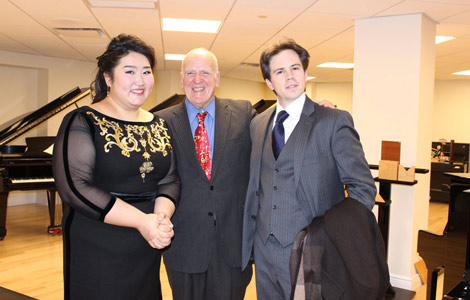
 Music at her fingers
Music at her fingers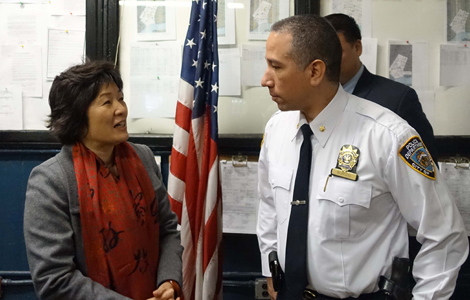
 Across America Over the Week (Jan 16 - Jan 22)
Across America Over the Week (Jan 16 - Jan 22)
 Spend Chinese New Year in style
Spend Chinese New Year in style
 Ili river valley becomes a popular destination for swans
Ili river valley becomes a popular destination for swans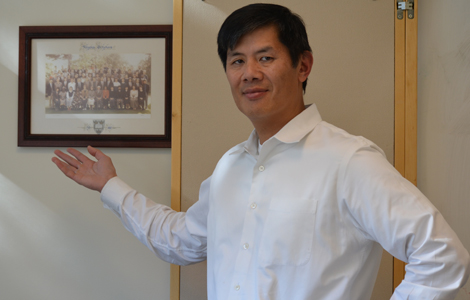
 Philip Ma: from scientist to businessman
Philip Ma: from scientist to businessman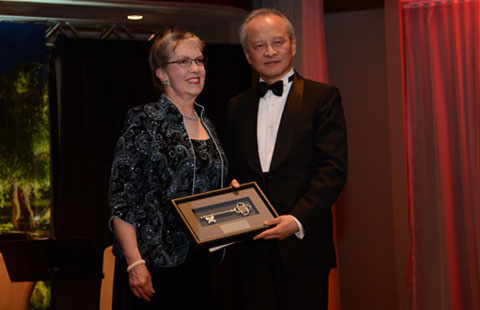
 Birmingham's Spotlight on China dinner
Birmingham's Spotlight on China dinner
 How to distinguish doucai, wucai, Famille-rose and enamel porcelain
How to distinguish doucai, wucai, Famille-rose and enamel porcelain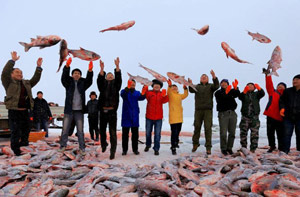
 Xinjiang lake in bumper fishing season
Xinjiang lake in bumper fishing season
Most Viewed
Editor's Picks

|

|

|

|

|

|
Today's Top News
Houston's SW Chinatown
China to focus on reforms, opening of capital market
Slowdown brings new risks to banks
Trade group calls for BIT
Market status for China is 'political' issue
Birmingham's Spotlight on China dinner
Bank takes renminbi-clearing seriously
Traditional Garb
US Weekly

|

|







